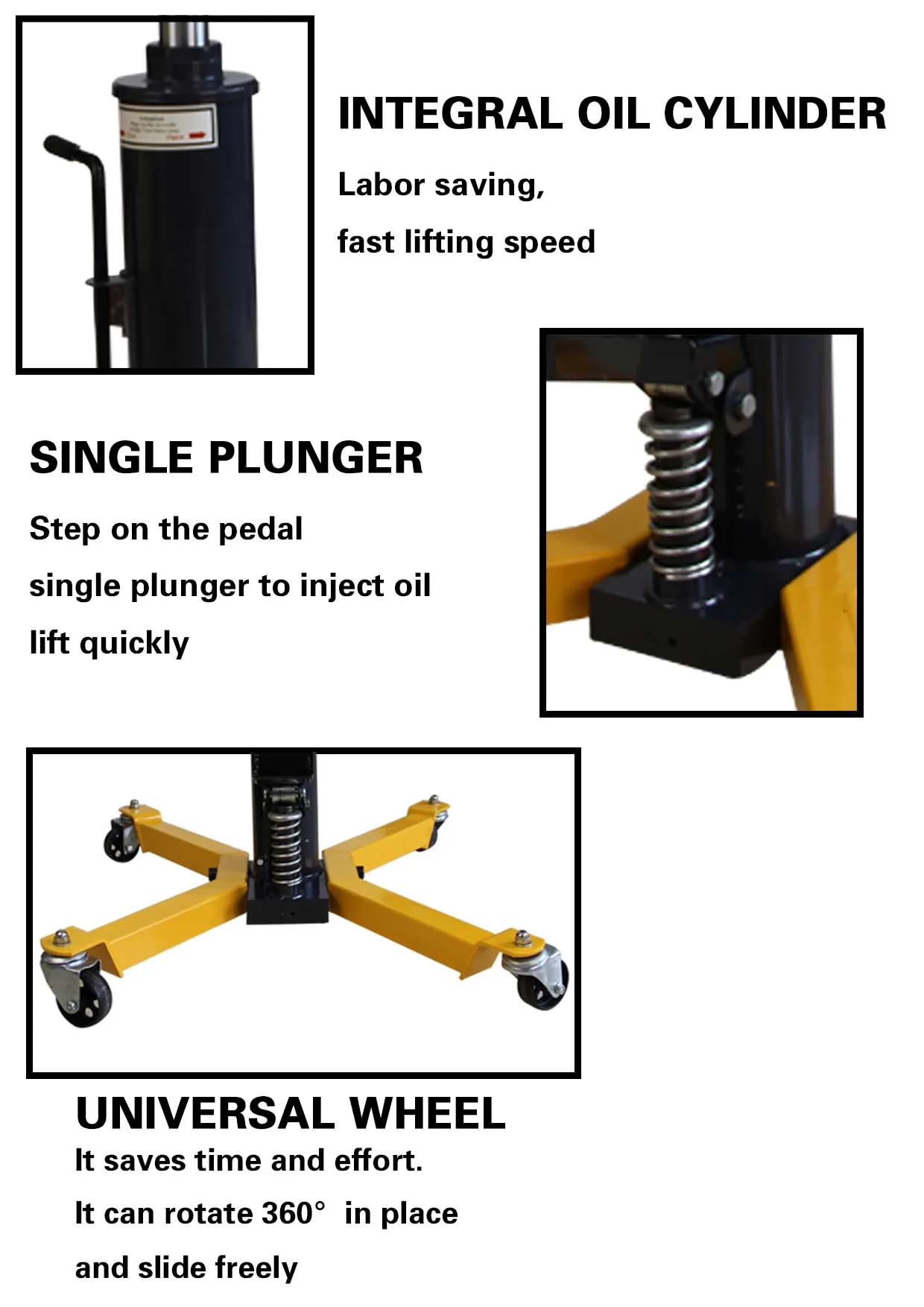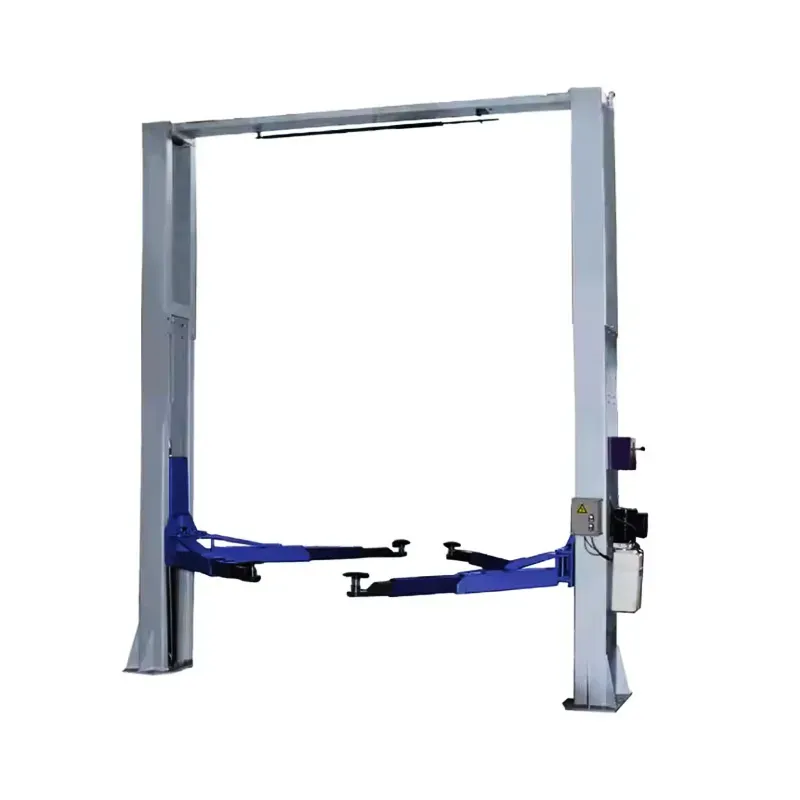1 月 . 22, 2025 01:40
Back To List
fixing a hydraulic floor jack
Fixing a hydraulic floor jack is an essential skill for anyone who frequently engages in car maintenance or repair tasks. When your jack fails to function properly, it doesn't just hinder workflow; it can also pose serious safety risks. Through my years of experience with automotive tools and machinery, I've come to realize that addressing issues with a hydraulic floor jack requires a combination of practical expertise and precise diagnostic skills.
Mechanical wear can manifest as a creaky or resistant motion in the jack handle or arm. This usually indicates a need for lubrication. Apply a suitable grease on all moving parts, particularly focusing on pivot points and joints. Regular maintenance of this nature enhances the longevity of the jack and ensures its optimal operation. For those who wish to maintain their jack in pristine condition, it's important to store it properly when not in use. Always ensure it's retracted to relieve tension on the hydraulic system and avoid rust development by keeping it in a dry, covered environment. Regular inspection for rust or corrosion, especially around the cylinder and piston areas, can prevent future problems. When dealing with a faulty floor jack, one should never overlook the manufacturer's manual. This document often contains specific guidance on troubleshooting and repair, which is tailored for your particular model. Moreover, when faced with particularly stubborn issues, seeking advice from professionals or contacting the manufacturer directly can provide authoritative solutions that are trustworthy and reliable. In summary, fixing a hydraulic floor jack not only demands technical know-how but also a consistent maintenance routine. By understanding the signs of common problems and addressing them with the right procedures, you can ensure that your jack remains not just functional but also safe to use. As we rely heavily on these tools for automotive tasks, there's a sense of responsibility in ensuring they work correctly, thereby protecting ourselves and the vehicles we work on.


Mechanical wear can manifest as a creaky or resistant motion in the jack handle or arm. This usually indicates a need for lubrication. Apply a suitable grease on all moving parts, particularly focusing on pivot points and joints. Regular maintenance of this nature enhances the longevity of the jack and ensures its optimal operation. For those who wish to maintain their jack in pristine condition, it's important to store it properly when not in use. Always ensure it's retracted to relieve tension on the hydraulic system and avoid rust development by keeping it in a dry, covered environment. Regular inspection for rust or corrosion, especially around the cylinder and piston areas, can prevent future problems. When dealing with a faulty floor jack, one should never overlook the manufacturer's manual. This document often contains specific guidance on troubleshooting and repair, which is tailored for your particular model. Moreover, when faced with particularly stubborn issues, seeking advice from professionals or contacting the manufacturer directly can provide authoritative solutions that are trustworthy and reliable. In summary, fixing a hydraulic floor jack not only demands technical know-how but also a consistent maintenance routine. By understanding the signs of common problems and addressing them with the right procedures, you can ensure that your jack remains not just functional but also safe to use. As we rely heavily on these tools for automotive tasks, there's a sense of responsibility in ensuring they work correctly, thereby protecting ourselves and the vehicles we work on.
Prev:
Next:
Products categories
Latest News
-
Unlock the Power of the Spring Compressor for Your Projects
NewsApr.01,2025 -
Unlock the Power of Safe and Efficient Compression with the Spring Compressor
NewsApr.01,2025 -
Unlock Maximum Efficiency with the Spring Compressor
NewsApr.01,2025 -
Maximize Efficiency and Safety with the Spring Compressor
NewsApr.01,2025 -
Discover the Efficiency of the 2 Ton Foldable Shop Crane: A Must-Have for Auto Repair and More
NewsApr.01,2025 -
Discover the Best Spring Compressor for Your Needs
NewsApr.01,2025 -
Unlock the Full Potential of Your Workspace with the Tools Trolley
NewsMar.21,2025















